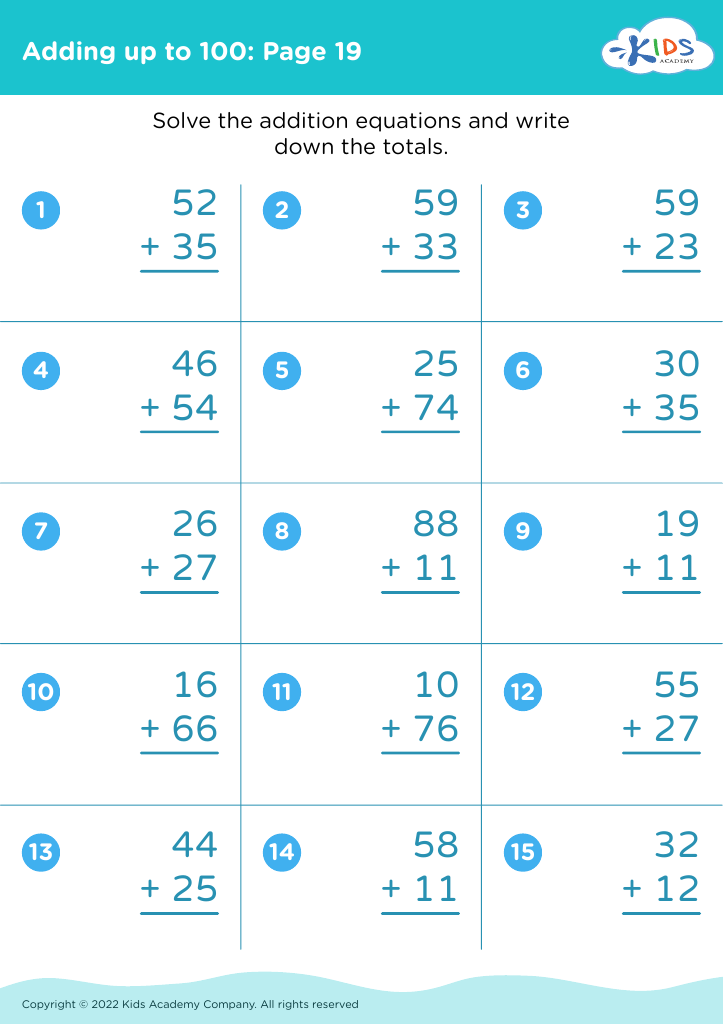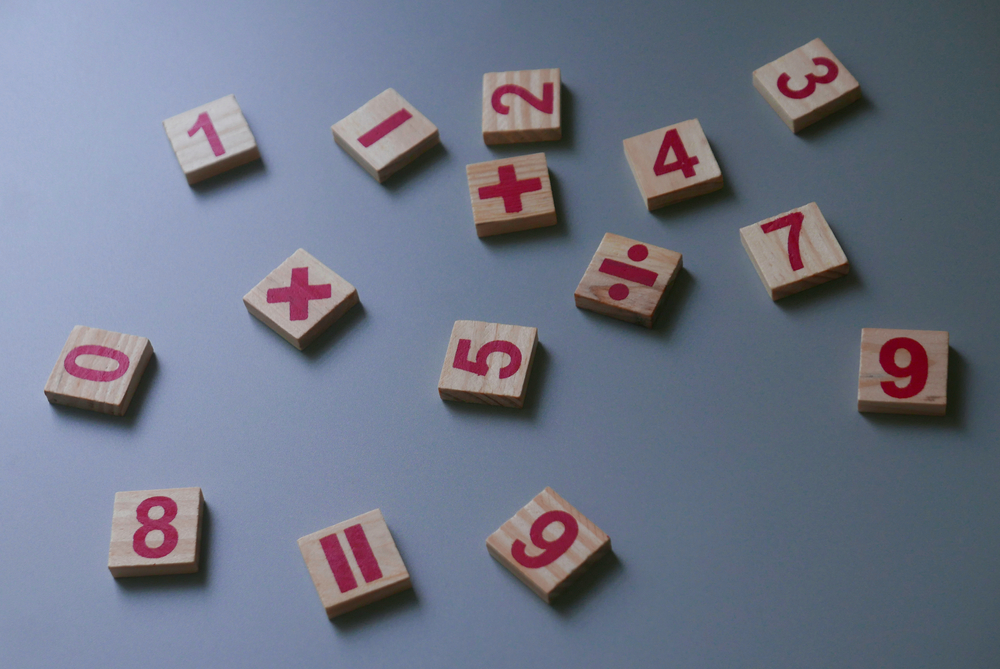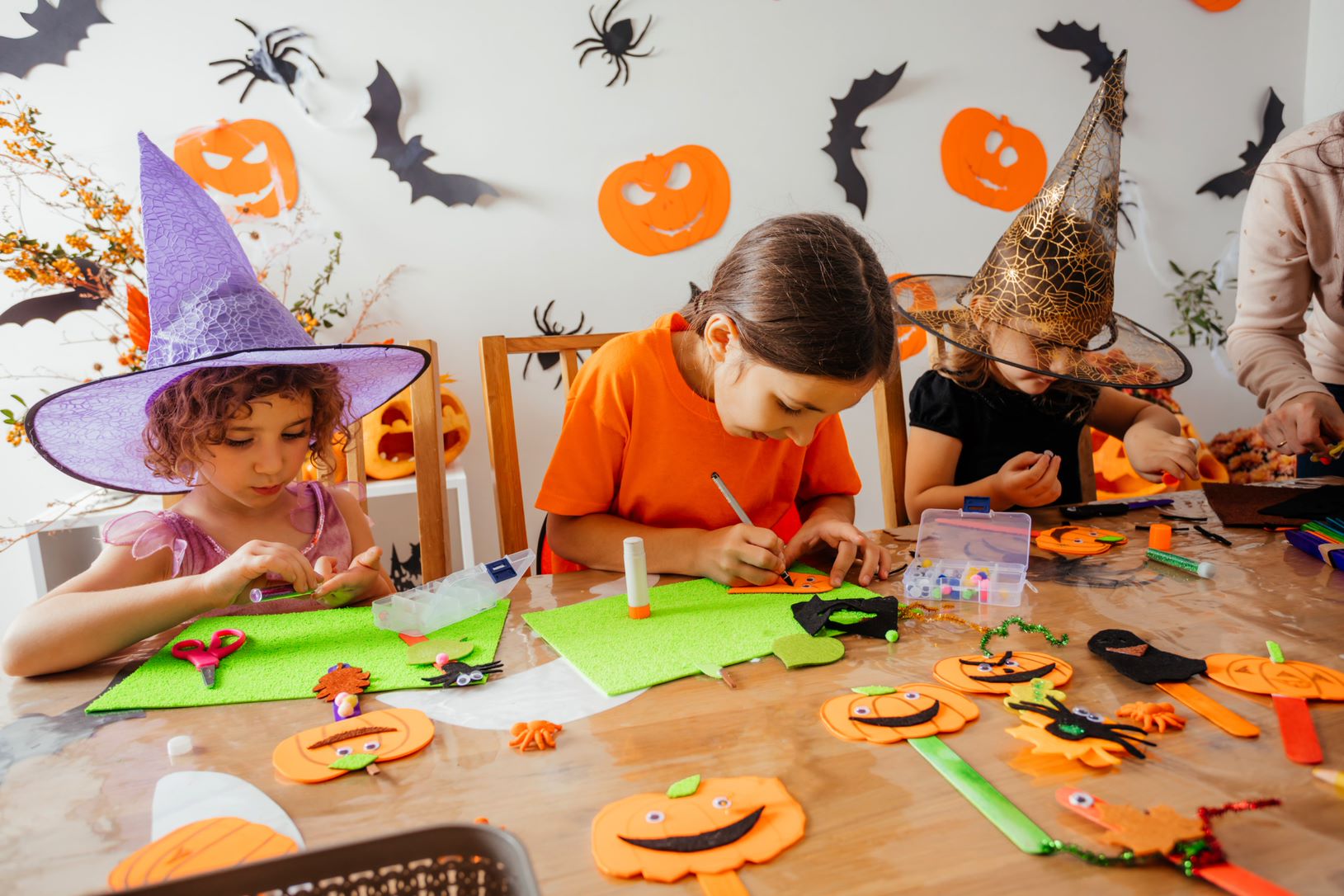Understanding greater/lesser values Worksheets for Kids
1 filtered results
-
From - To
Question/Answer
What does the Understanding greater/lesser values skill mean when it comes to Grade 2 Adding up to 100 Misc learning?
The "Understanding greater/lesser values" skill in the context of Grade 2 Adding up to 100 Misc learning involves teaching students to recognize and compare numbers up to 100, determining which numbers are greater than or lesser than others. This foundational skill aids in developing number sense, crucial for mastering addition and other arithmetic operations within the 100-number range.
What are some effective activities to train students’ Understanding greater/lesser values skill when teaching them about Adding up to 100 Misc?
To train students in understanding greater/lesser values when adding up to 100, use these activities: 1. Number Line Jumps: Have students visually compare sums by "jumping" on a number line. 2. Greater/Less Than Card Games: Use playing cards to create addition problems, then compare results. 3.
Why is the Understanding greater/lesser values skill important for Grade 2 students?
The Understanding greater/lesser values skill is crucial for Grade 2 students as it lays the foundation for their grasp of mathematics, particularly in areas like number sense, comparison, and ordering of numbers. This skill is essential for developing logical thinking, problem-solving abilities, and prepares students for more complex math concepts, including addition, subtraction, and understanding place values.













